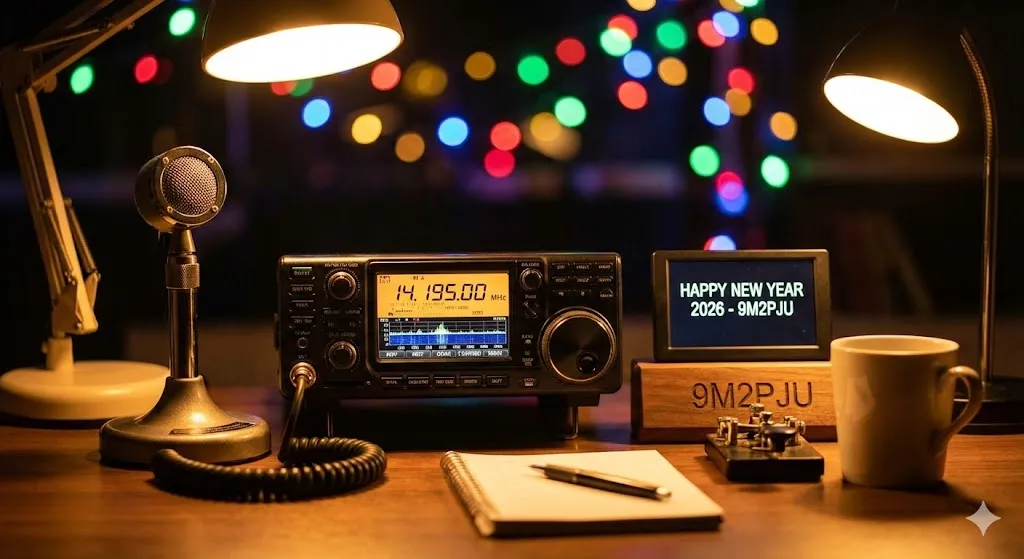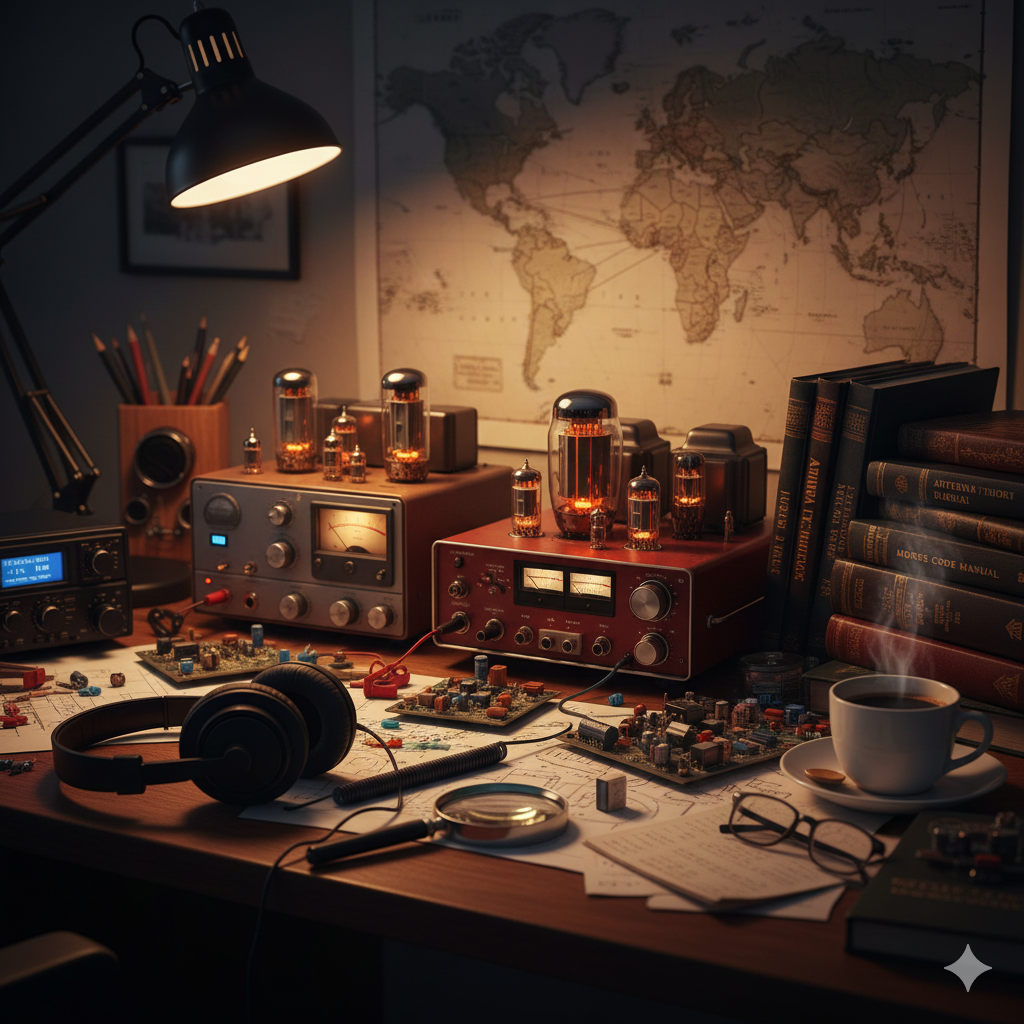Unveiling the Origins and Technology of Early Amateur Radio: A Journey Back in Time
Introduction:
Amateur radio has a rich and storied history, filled with pioneering individuals and groundbreaking technologies. In a captivating interview, AWA co-founder Bruce Kelley, W2ICE, takes us on a journey into the early days of amateur radio when spark transmitters and Alexanderson alternators represented cutting-edge technology. Furthermore, we have the privilege of hearing from a rare interview with Clarence D. Tuska, co-founder of the American Radio Relay League (ARRL), as he shares insights into the origins of this influential organization.
The Evolution of Amateur Radio Technology:
Amateur radio has come a long way since its inception, and understanding its early technological advancements is key to appreciating its significance. Bruce Kelley’s exploration of the history and technology of early amateur radio reveals the fascinating transition from spark transmitters to the revolutionary Alexanderson alternators. These advancements pushed the boundaries of communication capabilities, allowing amateur radio operators to transmit signals over greater distances and with increased reliability.
Spark Transmitters and Alexanderson Alternators:
During the early days of amateur radio, spark transmitters were the primary means of communication. These devices generated radio waves by creating sparks between electrodes, enabling amateur radio operators to transmit Morse code signals. However, the advent of Alexanderson alternators marked a significant leap forward in technology. With their ability to generate continuous waveforms and operate at higher frequencies, Alexanderson alternators revolutionized long-distance communication, opening up new possibilities for amateur radio enthusiasts.
The Birth of the ARRL:
In this rare interview, Clarence D. Tuska, co-founder of the ARRL, provides invaluable insights into the origins of this influential organization. The ARRL played a vital role in advocating for amateur radio rights and fostering a sense of community among operators. Tuska’s firsthand account offers a glimpse into the motivations and challenges faced by the early pioneers of amateur radio, shedding light on the formation and early years of the ARRL.
Preserving Amateur Radio’s Legacy:
Through Bruce Kelley’s exploration of early amateur radio technology and the interview with Clarence D. Tuska, we gain a deeper understanding of the foundations upon which amateur radio is built. The dedication and ingenuity of individuals like Tuska, along with the technological advancements of the time, laid the groundwork for the vibrant amateur radio community we have today. Preserving and commemorating this rich history ensures that the legacy of amateur radio continues to inspire and educate future generations.
Conclusion:
The journey into the origins and technology of early amateur radio is a captivating one, filled with groundbreaking achievements and the tireless efforts of passionate individuals. Bruce Kelley’s exploration of spark transmitters and Alexanderson alternators showcases the technological advancements that shaped the early days of amateur radio. Additionally, the rare interview with Clarence D. Tuska, co-founder of the ARRL, offers invaluable insights into the origin and purpose of this influential organization. As we reflect on the past, we honor the pioneers who paved the way for the vibrant amateur radio community we enjoy today, ensuring that their legacy lives on in the hearts and minds of radio enthusiasts for years to come.






Post Comment